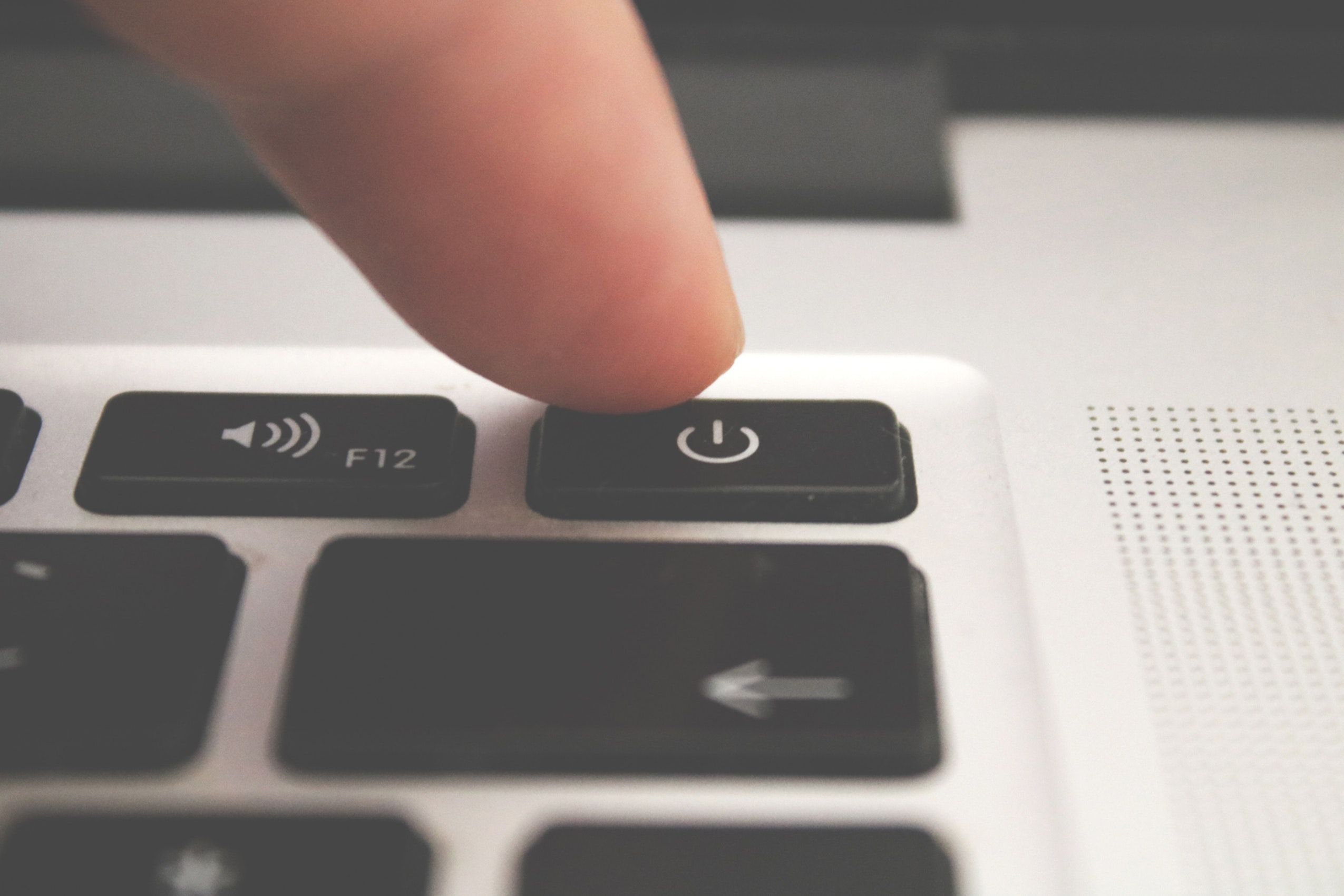My journey of finding balance with vertigo

Written by Cat R., a buddhify user since 2016
I have chronic vertigo and vestibular neuronitis, the latter of which is an invisible disability that can affect cognitive function as well as physical balance. In a nutshell, I feel drunk all the time and it’s really not as fun as it sounds when you’re trying to live a normal life. The whole experience is incredibly isolating and frequently results in anxiety, which impedes recovery.
At times, the physical symptoms of an acute vertigo attack are so distressing for me it leads to an anxiety attack. This means I am overcome by a wave of emotions and panic as well as the physical spinning sensations and nausea of vertigo. As I become panicky and start to hyperventilate, this only makes the situation worse. I’ve had to lie down on the bathroom floor before as I was so disorientated.
I am overcome by a wave of emotions and panic as well as the physical spinning sensations and nausea of vertigo.
I find any increase in my physical symptoms can cause a rush of stressful thoughts about what’s wrong with me and what it means for my future. This anxiety can quickly spiral out of control and it can be difficult to break through the internal noise.
One coping strategy that helps is to focus on a guided meditation.
I recently suffered an immensely distressing relapse. When this vertigo attack hit, I found it particularly upsetting because I was still recovering from my last one over a year ago, which had a really negative effect on many aspects of my life.
My partner tried to help me calm down, but I just couldn’t respond. So I got him to open the buddhify app for me and select a meditation I had saved in my favourites. The specific track is called ‘Replace’ and it does just that — the intention is to help you replace the stream of negative thoughts and overwhelming feelings of panic with a feeling calm. As soon as it started playing, my mental focus changed.
I can regulate my breathing to follow the mantra, so it feels like the negative thoughts are leaving my body as I exhale.
The exercise is all about tuning into the one gentle phrase of ‘let go’. I can regulate my breathing to follow the mantra, so it feels like the negative thoughts are leaving my body as I exhale. Although it takes me a few minutes to slow my breathing, I gradually begin to calm down.
Over the past year, since my previous vertigo attack, I have been trying to develop a regular meditation habit in order to keep my stress levels low and my chronic dizziness to a minimum, so when I was in the middle of another attack it was reassuringly soothing to hear the familiar meditation.
Once I’ve meditated, I immediately notice I feel much calmer and lighter throughout my body and mind. It’s like I have pressed a reset button and am regaining control. The tension has gone from my body, my heart rate and breathing are slower, and my mind is quiet, like waking up from a refreshing sleep.
Sometimes I need to give myself a few minutes to fully bring myself back into the world. With renewed clarity, I’m better able to focus on what needs to be done in the here and now rather than letting my anxiety overwhelm me.
It’s like I have pressed a reset button and am regaining control.
As the day goes on, negative thoughts may begin to creep back in, but if I have meditated I find I continue to be more mindful and notice my thoughts before they take over. I might breathe deeply and repeat ‘let go’ to myself a few times without needing to do the full meditation again.
Not only did meditation get me through the acute attack, but it has also been helpful as I try to meet the challenges of everyday life. My rehabilitation clinician is a strong advocate of mindfulness and meditation as an invaluable tool alongside physical rehabilitation exercises, so I’ve made it a priority to develop a routine.
My meditation experience has taught me that mindfulness doesn’t just happen — it takes work and it’s important to practise when times are easier because then, in the midst of difficult situations, mindfulness starts to come more naturally and can be a powerful tool. By practising meditation more regularly, I’ve stopped experiencing panic attacks because I’ve learnt to notice my emotions and physical sensations sooner and allow myself time to regulate them through breathing.
My rehabilitation clinician is a strong advocate of mindfulness and meditation as an invaluable tool alongside physical rehabilitation exercises.
Some days are tough, but I generally have a more positive outlook and have learnt to focus on the present and be grateful for the pleasurable moments in each day, however small. Although I do have many worries about the future, my practice helps me lower my stress levels day-to-day, which gives me a better chance of recovery in the long term. It’s helped me find peace within myself over the past few months and given me strength in the belief I can get through my current episode of illness.
Cat R. is based in Manchester, England. It was Replace (Stress & Difficult Emotion 1), which she has saved as a favourite, that she found to be reassuring when she was distressed.
If you feel you have learnt something important through your meditation practice and you’d like to share your insight or experience, we’d love to hear from you. Let us know via stories@buddhify.com and we’ll be in touch.